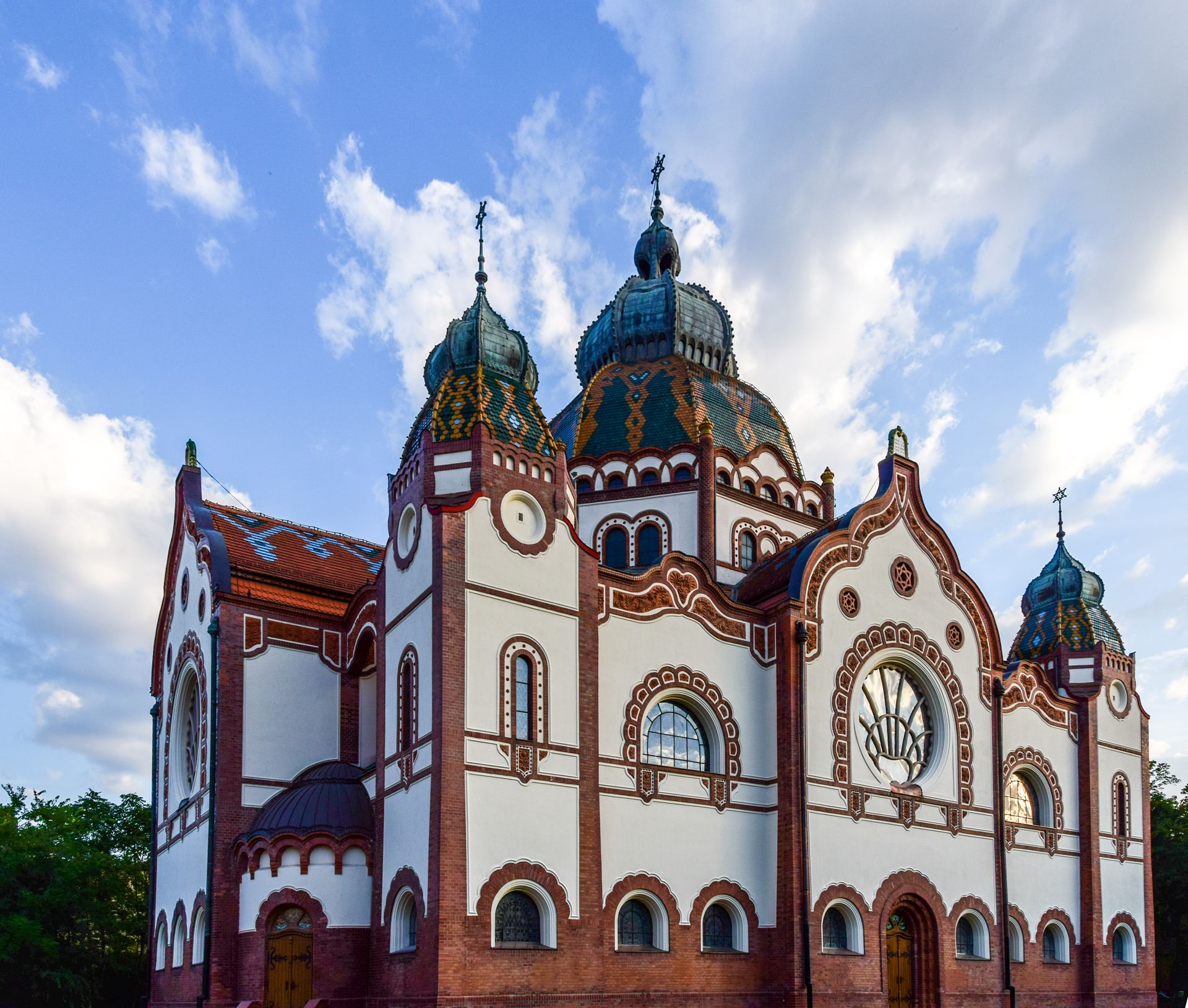Life In Serbia
Life in Serbia is characterized by a blend of rich cultural heritage, vibrant traditions, and modern urban living. The country boasts beautiful landscapes, including the scenic Danube River, mountainous regions, and lush national parks.
In Serbian cities like Belgrade and Novi Sad, one can find a lively atmosphere with bustling markets, cafes, and a dynamic nightlife. The cost of living is relatively low compared to Western Europe, making it an attractive destination for expatriates and digital nomads. Serbian cuisine, known for its hearty and flavorful dishes, is a significant aspect of daily life, with traditional foods like ćevapi, sarma, and ajvar being popular.
Serbian people are known for their hospitality, strong family ties, and a sense of community. The country has a rich history, with numerous cultural festivals, historical sites, and museums.
Despite facing economic challenges and a complex political landscape, Serbia continues to develop and modernize, balancing its historical roots with a forward-looking perspective.
History & Culture
Serbia's history spans millennia, marked by its position at the crossroads of Europe. From ancient times to the Roman era, it developed as a key regional power. In the Middle Ages, it flourished under the Serbian Empire, known for its cultural and artistic achievements. Ottoman rule followed, shaping much of its identity. The 19th century saw a struggle for independence, culminating in the formation of modern Serbia.
Serbia's culture is a rich tapestry of influences, blending Eastern Orthodox Christianity with Western traditions. Traditional music, dance, and folklore remain vital, while contemporary arts thrive in vibrant cities like Belgrade. Serbian cuisine, with dishes like ćevapi and ajvar, reflects its diverse heritage.
The Serbian language, part of the South Slavic group, is the official language, written in both Cyrillic and Latin scripts. Serbian Orthodox Christianity predominates, but there are also Muslim and Catholic minorities. Religious tolerance is a fundamental aspect of Serbian society, reflecting its multicultural history.

Economy
Serbia has a mixed economy characterised by a combination of private and public sector enterprises. It has seen steady growth in recent years, driven by sectors such as manufacturing, energy, agriculture, and services. Key industries include automotive, machinery, mining, and food processing. The country has also been developing its information technology and telecommunications sectors. Despite challenges such as high unemployment rates and a significant informal economy, Serbia has been working towards integration with the European Union, which includes adopting economic reforms and attracting foreign investment.
Living Expenses
Living expenses in Serbia are relatively low compared to many Western European countries. Major cities like Belgrade and Novi Sad are more expensive, but still affordable. Key costs include:
- Housing: Rent can vary significantly; in Belgrade, a one-bedroom apartment in the city center might cost around 300-500 EUR per month, while outside the center it could be around 200-350 EUR.
- Food: Groceries and dining out are affordable. A meal at an inexpensive restaurant typically costs around 5-10 EUR, while a month's worth of groceries might cost around 150-200 EUR.
- Utilities: Basic utilities for an apartment (electricity, heating, cooling, water, garbage) average around 100-150 EUR per month.
- Transportation: Public transportation is efficient and affordable. A monthly pass costs around 30 EUR, and gasoline prices are lower than the European average.
Currency
The official currency of Serbia is the Serbian dinar (RSD). The exchange rate fluctuates, but as of recent data, 1 EUR is approximately 117 RSD. The dinar is subdivided into 100 para, though para coins are rarely used. The currency is issued by the National Bank of Serbia, and the country predominantly uses cash for transactions, although card usage is increasing.
Travel & Tourism
Serbia offers a rich tapestry of travel and tourism experiences. Known for its vibrant cultural heritage, visitors can explore historical cities like Belgrade and Novi Sad, renowned for their lively nightlife, architectural landmarks, and festivals. Nature enthusiasts can enjoy the scenic beauty of the Danube River, the rugged landscapes of the Tara National Park, and the picturesque wine regions. Serbia's diverse attractions, including medieval monasteries, Roman ruins, and spa resorts, provide a unique blend of history, adventure, and relaxation, making it a compelling destination for travellers.

a b c d e f g h i j k l m n o - Do not remove from template!!! it is important to support different fonts
ML Glory Serbia
Maskima Gorkog 10A, 21000 Novi Sad, Serbia
Office : +381 21 300 9841
Mobile : +381 61 288 2784
ML Glory Sri Lanka
No:152, Meegahawatta, Delgoda, Sri Lanka
Office : +94 112 978 444
Mobile : +94 770 730 550
Glorious Together HR Consultancy Services LLC
02/2202, Best Vision Business Center,
The Metropolis Tower,
Business Bay, Dubai
Find Us Here
SERBIA | SRI LANKA | UAE | ROMANIA | USA | CROATIA | GREECE
All Rights Reserved | ML Glory Employment Agency

